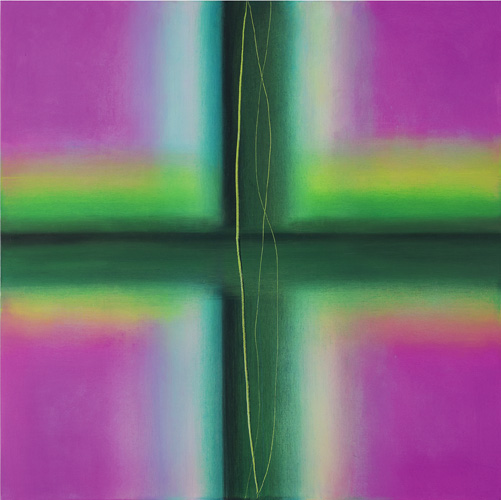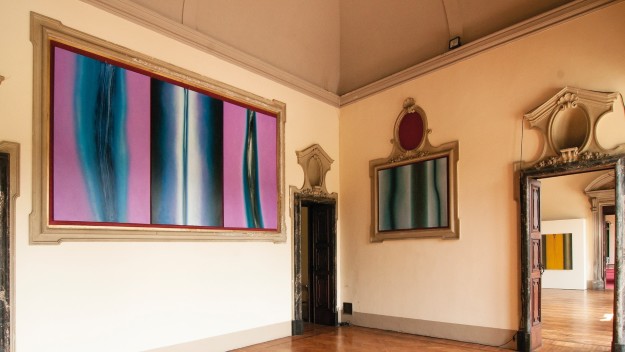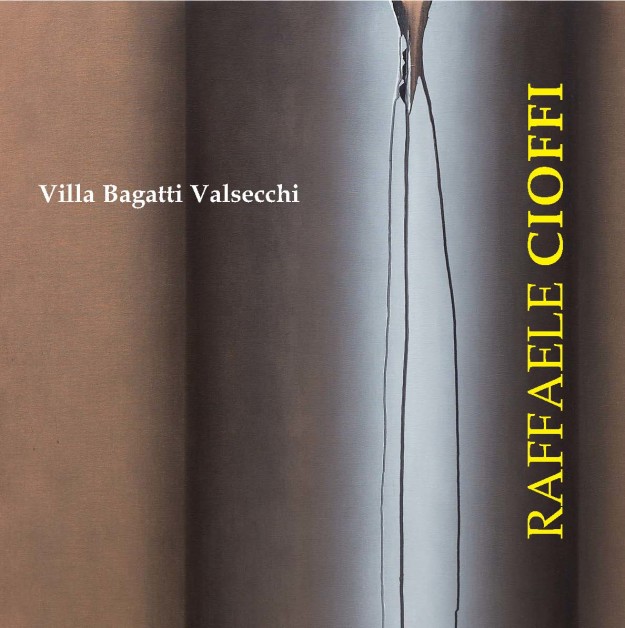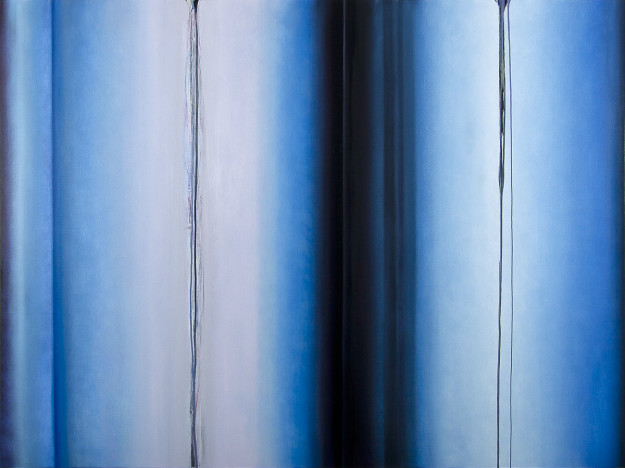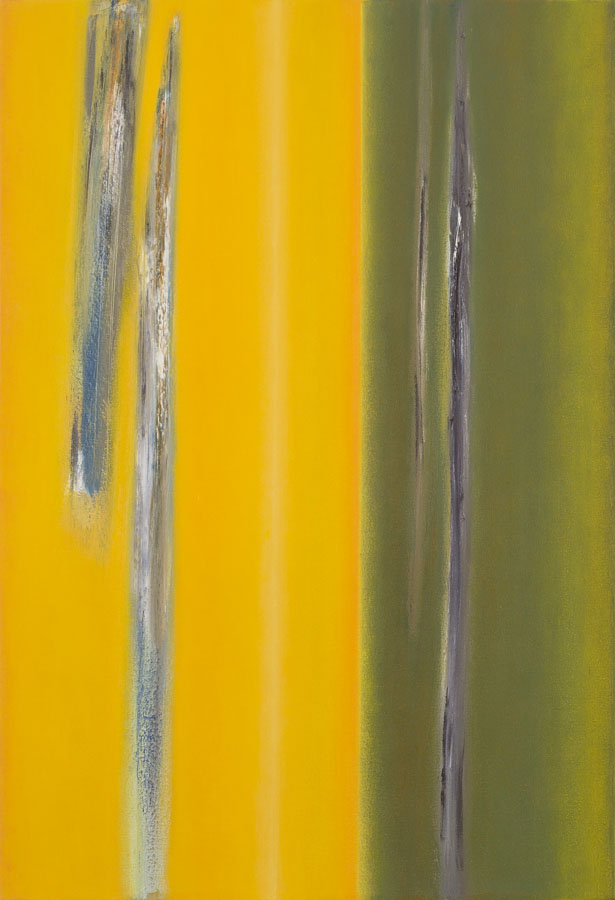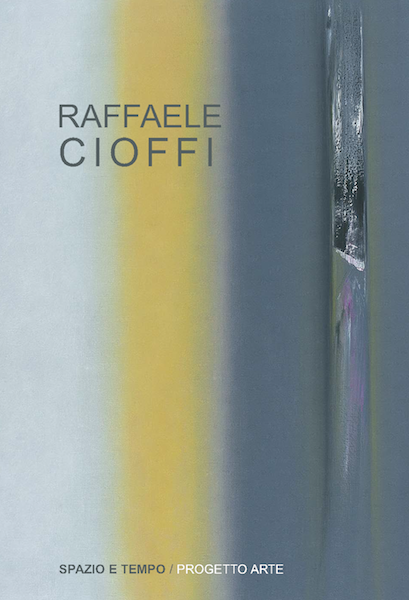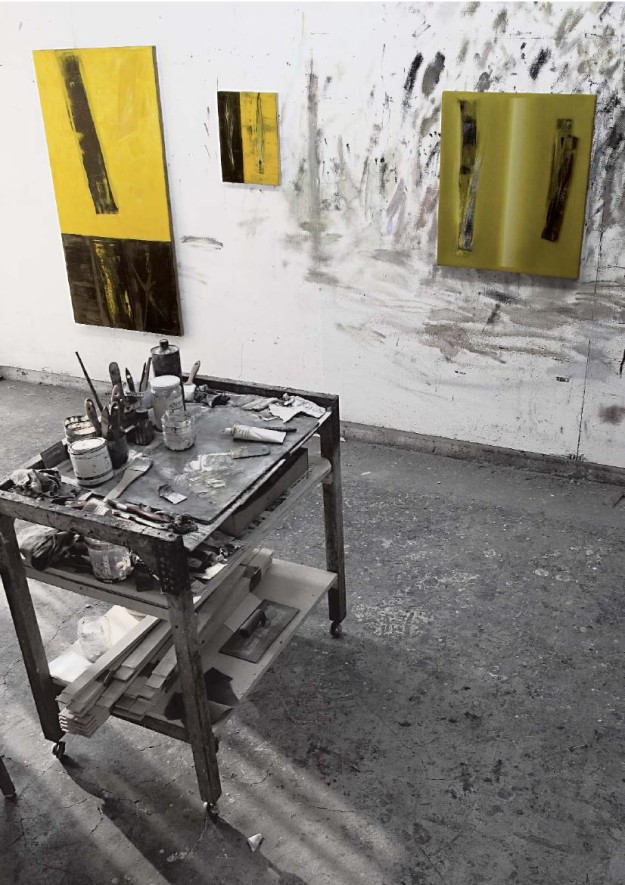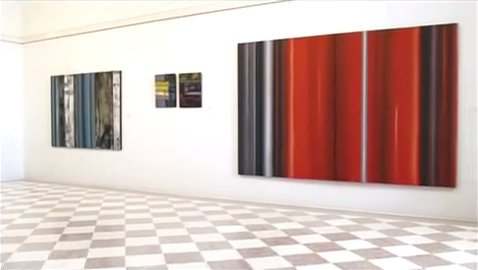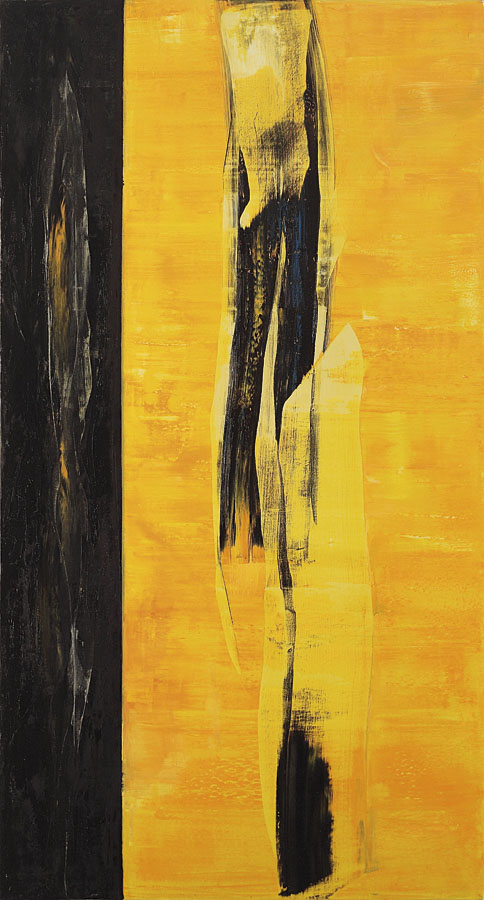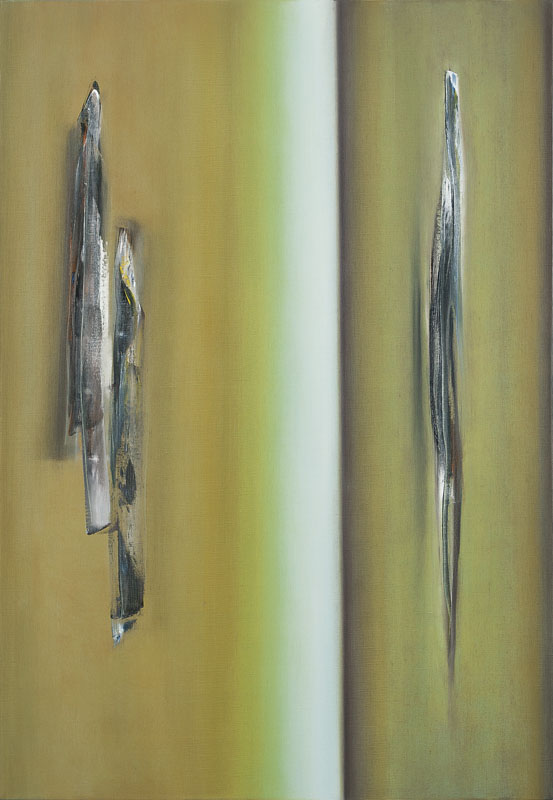Vera Agosti
CROCE DI LUCE E DI EMOZIONE
With the advent of Christ, the History completely changes and together with it mankind and its destiny. The philologist Erich Auerbach (whose work I have briefly analyzed) explains that we could find a new idea of God in the Christian literature, a spirit made man, and – closely related to this – a new idea of man, flesh created as an image of God. Each man is an image of the image of God, namely Christ.
